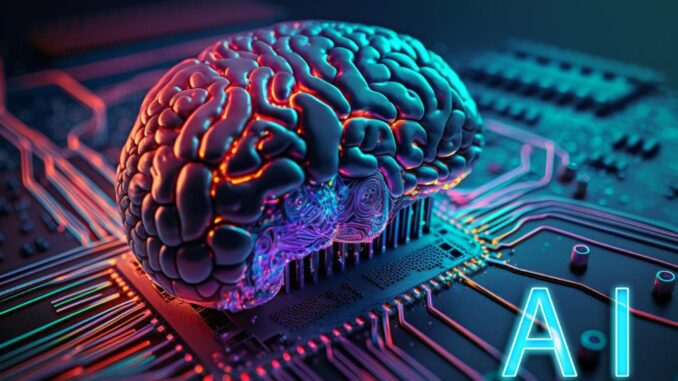
Human-Centered Design (HCD) in the context of AI emphasizes the importance of designing technologies that prioritize the needs, values, and experiences of people.
By adopting an HCD approach, developers can create AI systems that are not only effective but also user-friendly, ethical, and inclusive. Below are key principles, processes, and examples of human-centered design in AI:










### Principles of Human-Centered Design in AI
1. **User Involvement**: Engage users throughout the design process to gain insights into their needs, behaviors, and pain points. Their feedback is crucial in shaping the AI’s functionality and features.
2. **Empathy and Understanding**: Foster empathy for users by conducting research to understand their context, preferences, and challenges. This understanding should inform every stage of the design process.
3. **Iterative Design**: The design process should be iterative, allowing for continuous feedback and refinements based on user testing. Prototyping and testing at various stages help in adjusting the designs before final deployment.
4. **Accessibility**: Ensure that AI systems are designed to be accessible to diverse user groups, including those with disabilities. This includes considering various levels of digital literacy and the need for inclusive designs.
5. **Transparency**: Users should easily understand how the AI system works, what data it uses, and how decisions are made. Providing transparency fosters trust and helps users feel more in control.
6. **Ethical Considerations**: Ethical implications should be considered from the outset, ensuring that the design process addresses potential biases and ensures fairness, accountability, and respect for user privacy.
7. **Simplicity**: Design AI interfaces to be intuitive and easy to navigate. A simple and clean UI can greatly enhance user experience and reduce cognitive overload.
### Human-Centered Design Process
1. **Research**: Gather qualitative and quantitative data through surveys, interviews, observations, and literature reviews to understand the users’ context and needs.
2. **Ideation**: Brainstorm possible solutions based on research findings. Involve stakeholders in co-creation sessions to generate diverse ideas.
3. **Prototyping**: Create low-fidelity (paper) or high-fidelity (digital) prototypes of the AI application to visualize ideas and concepts.
4. **User Testing**: Conduct usability testing with real users to assess how well the prototypes meet their needs. Collect feedback and identify areas for improvement.
5. **Iteration**: Refine the design based on user feedback. Make necessary adjustments to improve usability and functionality.
6. **Implementation**: Develop and launch the final AI product, ensuring that it aligns with user needs and ethical considerations.
7. **Evaluation and Feedback**: After deployment, continue to collect user feedback and assess the system’s performance to make further improvements.
### Examples of Human-Centered AI Applications
1. **Healthcare AI Assistants**: AI chatbots designed to provide medical advice can be developed using HCD principles to offer patient-centric care, ensuring they understand medical advice clearly and can easily navigate the interface.
2. **Language Translation Tools**: AI translation apps that include user feedback for continuous improvement, ensuring cultural nuances and context are respected, leading to more accurate translations.
3. **Smart Home Devices**: AI systems in smart homes that prioritize user preferences, accessibility, and intuitive controls, allowing users to customize their experiences easily.
4. **E-learning Platforms**: AI applications in education that adapt to individual learning styles and provide personalized learning paths, ensuring that all students, including those with disabilities, can benefit.
5. **Assistive Technologies**: AI systems aimed at aiding people with disabilities through technologies like speech recognition and eye-tracking software, designed in consultation with the target users to meet their specific needs.
### Conclusion
Human-Centered Design in AI allows for the creation of technologies that are more aligned with human values, needs, and expectations. By keeping users at the forefront of the design process, AI developers can enhance user satisfaction, trust, and overall effectiveness of the solutions. Additionally, this approach helps mitigate risks related to ethics and bias, resulting in more responsible AI systems.


Leave a Reply